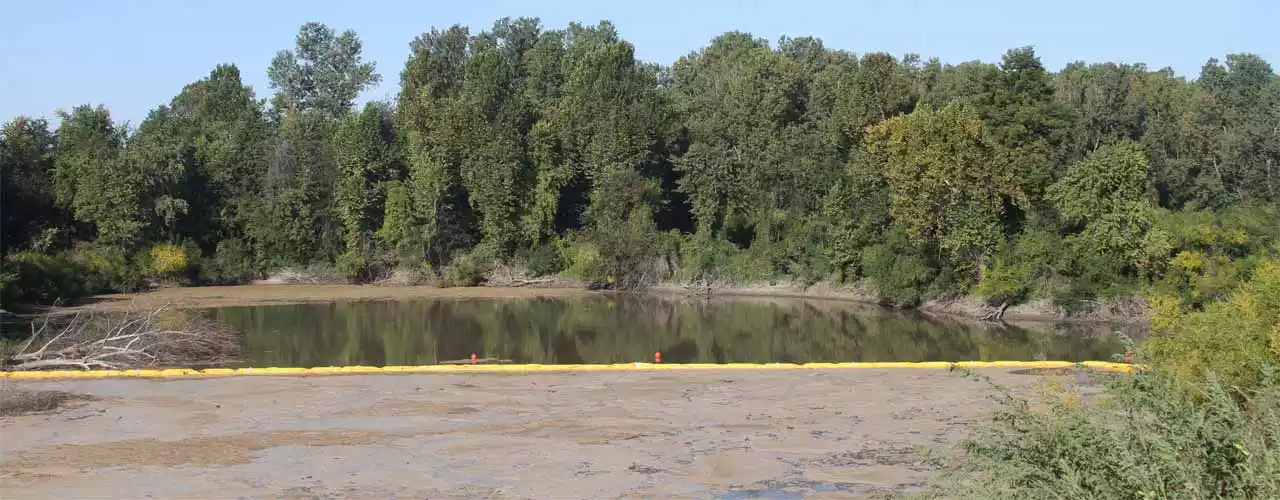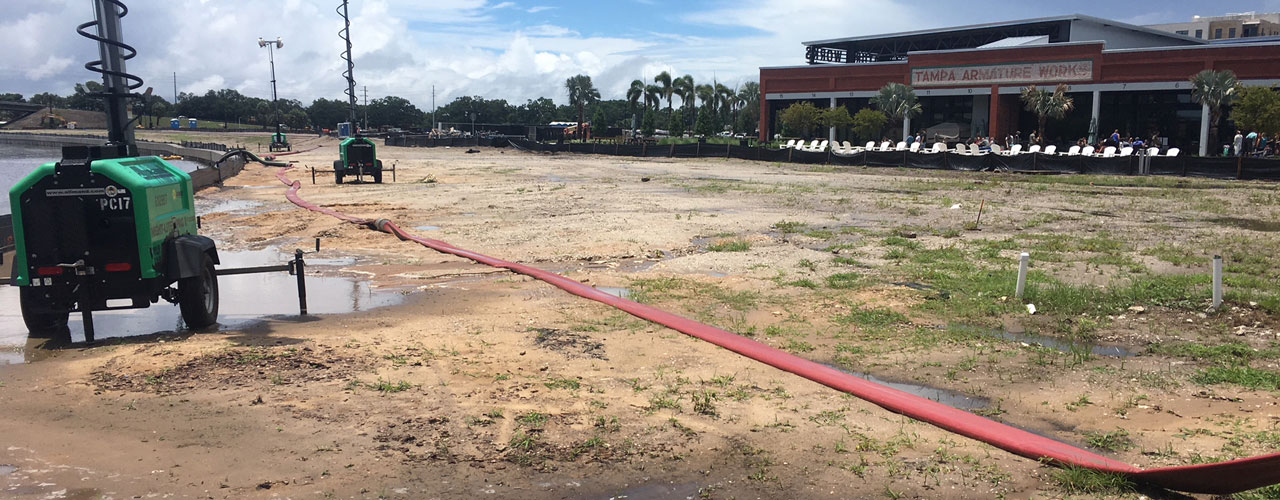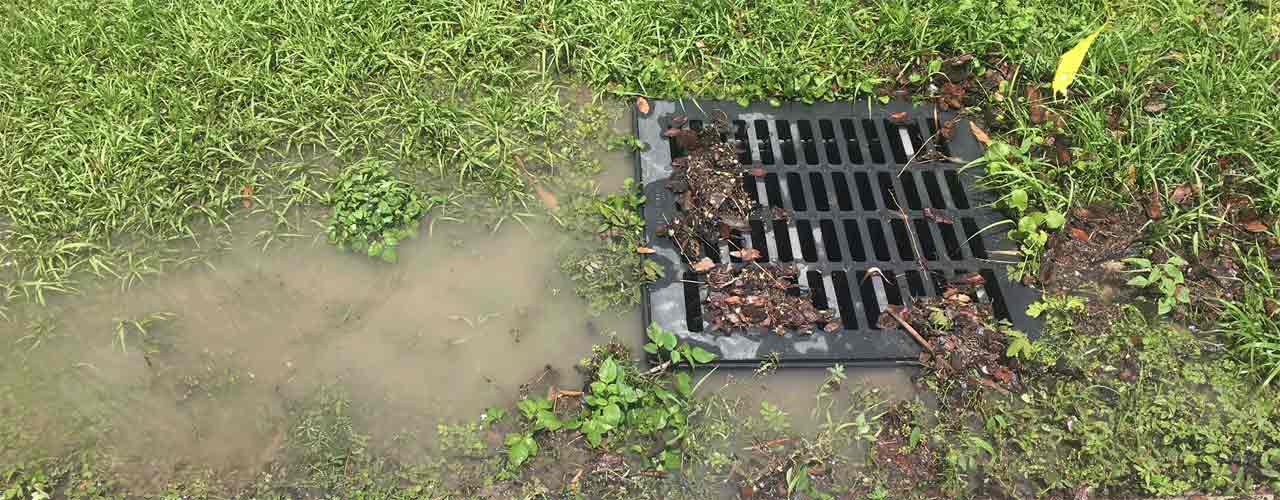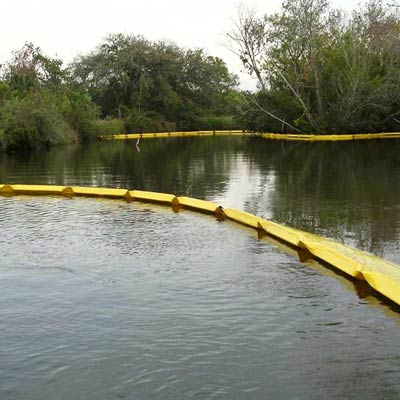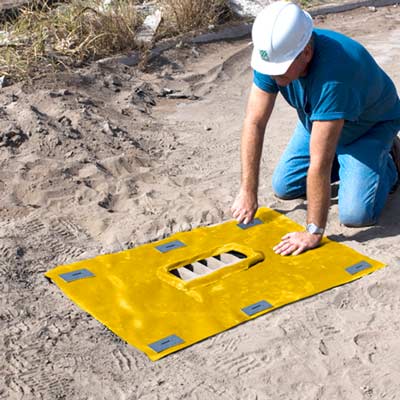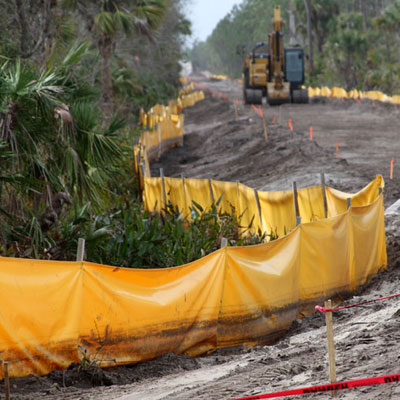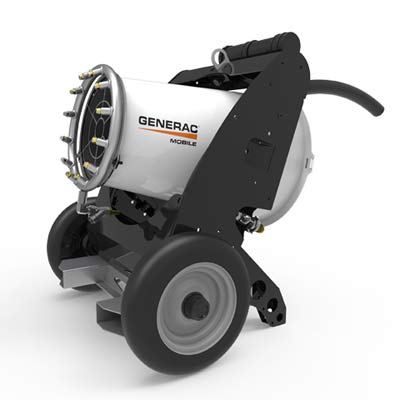How to Prevent Sediment Pollution
Sediment pollution has long term effects on our environment. According to the United States Environmental Protection Agency, sediment pollution is a major issue for river, streams, and bodies of water. Sediment pollution occurs when water carries sediment through runoff downstream. This sediment pollution runoff causes billions of dollars worth of damage.
What is sediment? Sediment comes from the erosion of rocks and soil. Pieces of sand, clay, silt, and soil come loose from the movement of water due to human intervention or weather events. These particles are carried through streams, rivers, and eventually the ocean. This sedimentation affects the quality of our drinking water and wildlife environments.
How do you prevent sedimentation? There are several methods depending on where you are trying to apply sediment control. These can include stormwater best management practices such as storm drain filters, erosion control, sediment barriers, and turbidity curtains. To stop sediment pollution, we must first understand why it is a problem.
Sediment Pollution Control Solutions:
Why is Sediment Pollution a Problem?
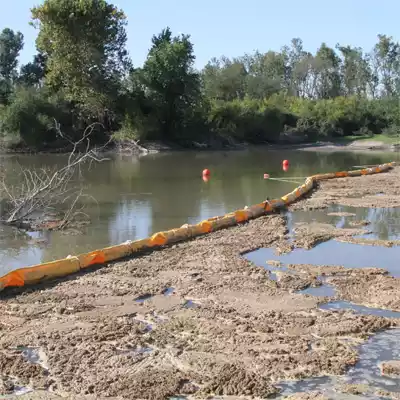
According to the EPA, sediment pollution causes $16 billion worth of damage annually. By entering storm drains, sediment in stormwater will detract from the quality of drinking water and the environments of wildlife. When sediment is carried by stormwater, it is carried into storm drains, filling them up, causing the potential for flooding. From the moment the sediment is loosened, the potential for damage and sediment pollution increases.
As the sediment in water flows through streams and bodies of water, the wildlife in these areas will be affected by the sediment in water. When there is sediment in water, sunlight cannot penetrate the water to allow natural vegetation to grow. Additionally, through sedimentation, murky water keeps animals from being able to see food and therefore disrupts the food chain, causing a decline in organism life and fish population.
Sediment in water affects the water we drink. When sediment is present, treating our drinking water becomes costly and time consuming. This treatment can leave us with odorous drinking water that has a bad taste. Sediment pollution is made from small soil and silt particles, but these have a big effect. From clogging fish gills to making rivers and streams unnavigable, reducing the effects of sedimentation is an imperative. But how to prevent sedimentation effectively and economically in our world today is something we should consider.
Why Is Sediment Pollution a Problem? Additional Reasons:
- Sediment deposits alter river flow and depth.
- Sediment and murky water clogs fish gills, reducing development.
- Sediment can carry nutrients that cause blue-green algae flareups.
How to Prevent Sedimentation
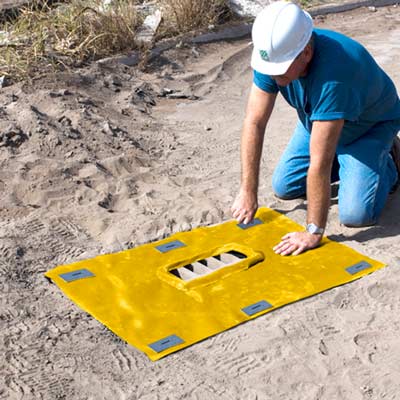
Storm Drain Filters
Preventing sediment pollution is attainable with the right tools. Sediment pollution control using stormwater bmps and stormwater management products is effective. Storm drain filters like the drain guard, gutter guard, gravel bags, and filter sock, act as filtration devices for storm drains. The over grate storm drain filter will prevent sediment from entering a storm drain by placing a filter over the storm drain grate. A catch basin filter will catch sediment and debris as it enters a storm drain. Other sediment pollution control devices include the curb guard, grate guard, and basin guard.
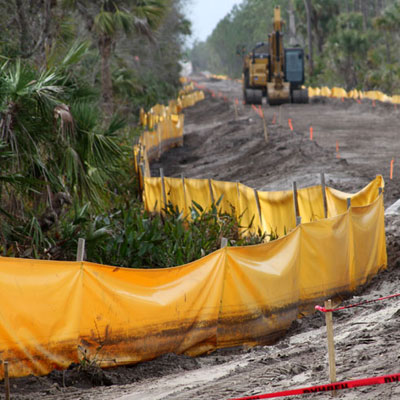
Perimeter Control Devices
Having a sediment barrier and a staked silt fence for perimeter sediment control will ensure that as sediment is moved by natural forces or man-made forces, it will not leave your site and pollute waterways. The sediment barrier and staked turbidity barrier work well for construction sites as staked perimeter control measures, filtering water but retaining sediment and silt. Sediment pollution control devices such as these and others, like silt dikes, silt socks, and ditch checks, are made from polypropylene geotextiles. Other biodegradable stormwater filtration devices exist to support natural habitats in reducing sediment pollution. Straw wattles and coir logs are biodegradable sediment pollution control measures help to control erosion while providing silt filtration.
Geotextile fabrics can be effecrtive in controling river bank erosion.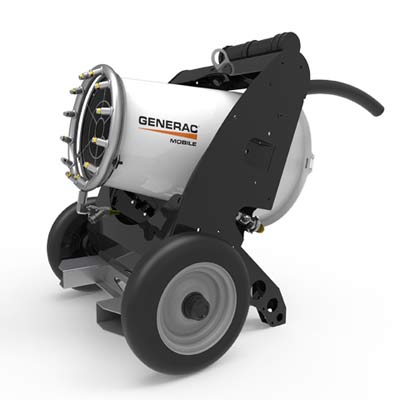
Dust Suppression
When sediment is disturbed on a site, it can create thick clouds of dust in the surrounding area. The rising dust can travel to other locations and then settle. It also pollutes the air. Dust control methods can prevent or mitigate the particles of sediment in the air. A dust suppression system sprays the area with a fine mist which helps to settle dust and to prevent more dust from rising.
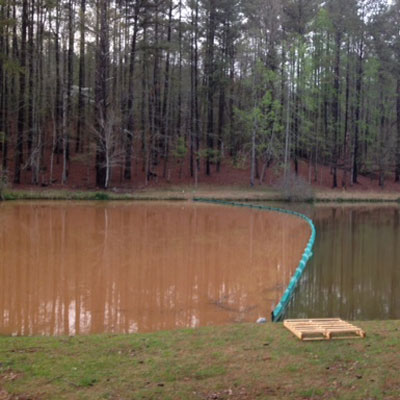
Floating Turbidity Curtains
Turbidity curtains should be a last resort for fighting sediment pollution. Ideally, sediment runoff should be stopped before reaching the waterline by using perimeter control and other onsite best management practices (BMPs). When unavoidable, turbidity curtains help to maintain the water quality and to prevent sediment from spreading throughout waterways.
Sediment Pollution: The Big Ideas

Sediment Pollution Control Frequently Asked Questions
Why is sediment pollution a problem?
Sediment pollution is a problem for human health, animal health, and environmental health. As sediment is loosened by stormwater runoff, it's carried into streams, rivers, and oceans, causing turbidity, or cloudy water that inhibits plant growth, animal development, and clean drinking water. Murky, turbid water causes animal life stagnation, the dispersion of nutrients that can cause blue-green algae growth, and sediment deposits that changes the makeup of waterways.
How to stop sediment pollution?
Stopping sediment pollution requires the right tools and practices. You can reduce the amount of sediment pollution you contribute to the environment by sweeping driveways and sidewalks instead of hosing them off, using a weed-free mulch in your garden or lawn, noticing sediment dispersion from construction sites, and washing your vehicle on a water absorbing surface. Additionally, storm drain filters are great sediment pollution control devices and tools. Turbidity curtain and sediment barrier perimeter control fences will act as a buffer zone for construction sites that can very easily lose control of large amounts of sediment.

